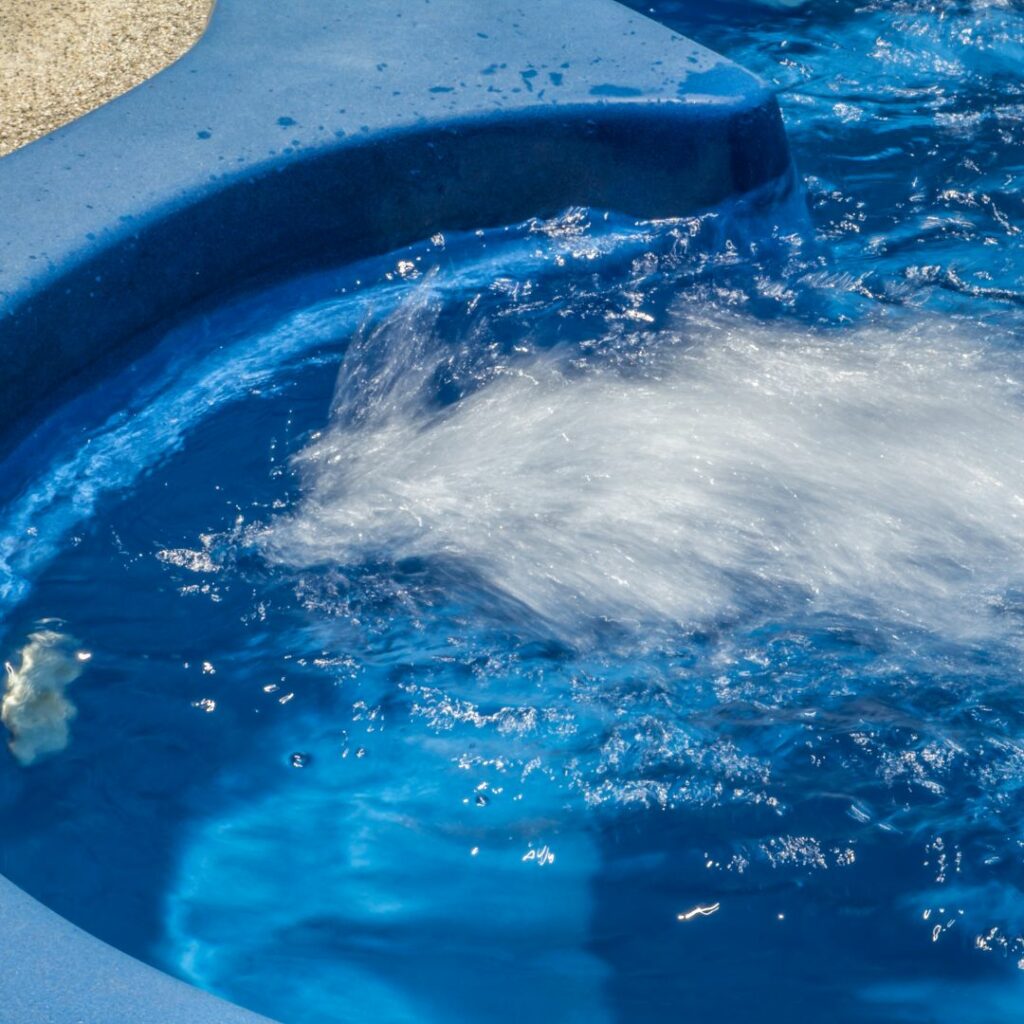Engaging in aquatic fitness offers a low-impact, high-reward way to enhance physical health and overall well-being. Deciding between a swim spa and a traditional pool can depend largely on personal fitness goals, available space, and preferences. Each option provides unique features that cater to different aspects of aquatic exercise.
Compact Efficiency of Swim Spas
Swim spas stand out as a versatile solution for fitness enthusiasts who value efficiency and convenience. Their compact design makes them ideal for smaller spaces, yet they pack a powerful punch when it comes to exercise potential. Featuring built-in jets, swim spas create adjustable currents that allow for resistance-based swimming, making them suitable for cardio and strength training.
The ability to control water temperature adds an extra layer of customization, enabling users to switch between warm therapeutic sessions and cooler environments for intense workouts. Additionally, the integrated seating options often include hydrotherapy jets, which promote muscle recovery after exercise. This combination of fitness and relaxation makes swim spas a popular choice for those seeking an all-in-one aquatic experience.
Traditional Pools: A Space for Variety
Traditional pools offer a sense of openness and versatility that can’t be matched. Their larger size allows for a range of activities, from leisurely laps to synchronized exercises or even group workouts. This flexibility makes them appealing to families or individuals who enjoy mixing fitness with recreational fun.
Another benefit of traditional pools is their suitability for outdoor enjoyment. Open-air swimming under natural sunlight enhances the overall experience, while the spacious design accommodates accessories like diving boards or water volleyball setups. For those aiming to engage in longer swim sessions, the expansive nature of a pool provides the freedom to maintain continuous motion without interruption.
However, achieving resistance training in a pool often requires additional equipment, such as resistance bands or tether systems, as traditional pools typically lack built-in current features. While they offer ample space, traditional pools may require creative approaches to replicate the focused intensity of a swim spa workout.
Balancing Features and Fitness Goals
When choosing between a swim spa and a traditional pool, it’s important to weigh the specific features each brings to the table. Swim spas provide a controlled environment where users can customize their workout intensity, making them ideal for those focused on structured fitness routines. The smaller water volume also translates to lower heating costs and reduced maintenance efforts, ensuring a more practical experience for busy lifestyles.
Traditional pools, on the other hand, shine in their ability to facilitate diverse activities and social interactions. They cater to both fitness enthusiasts and those seeking relaxation, offering a broader scope of usage. While their maintenance demands may be higher, the rewards of having an expansive aquatic space can make the investment worthwhile.
Understanding the distinct benefits of each option helps ensure that your choice aligns seamlessly with your fitness aspirations and lifestyle preferences, unlocking the full potential of aquatic exercise in a way that’s both practical and enjoyable.
Read more:
Weighing Family Fun and Personal Retreats: Swim Spa vs. Pool
Understanding the Differences Between Swim Spa and Pool Maintenance

